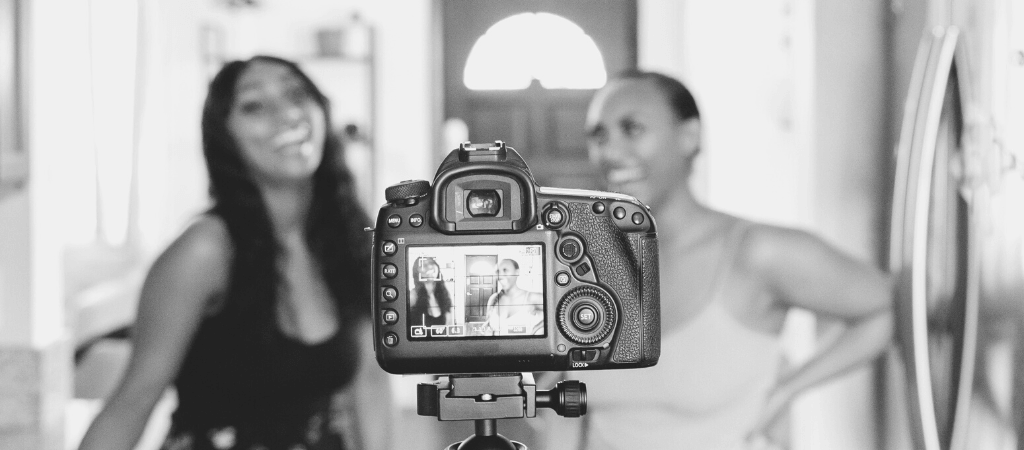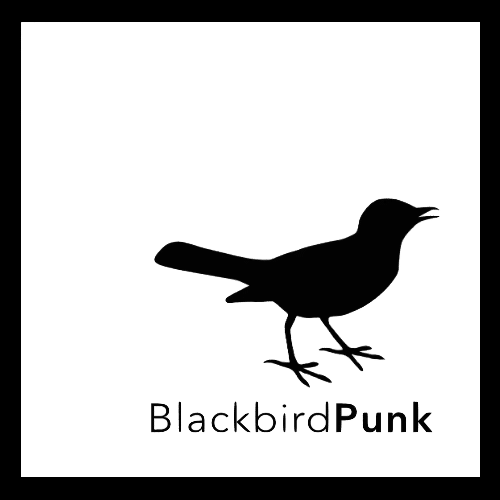Content clusters are a significant part of any digital strategy. If I talk to someone about how they fill their social media channels and the website I often hear ‘I just post any news and share when I have a new single out’.
Indeed, ‘news’ might be part of your future content clusters but shouldn’t make out most of your posts.
One problem most people have with social media channels and their websites is how to fill them with content. That’s where content clusters will come into effect.
They give you the structure to post regularly as well as keep your audience interested.
Originally, the concept of content clusters stems from the search engine optimisation field.
While content clusters are still important for websites they are also important for social media content.
In this blog post, you will learn how to use content clusters for your overall digital content strategy. What is more, it will give you the confidence you need to produce content for a very long time.
How to start mapping out content clusters
The hardest part with anything new is how to start. It can be daunting to pick up a new approach like the concept of content clusters. It seems easier to just get on with the old way.
However, the improvement that content clusters will bring surely justifies the hassle.
The first set is to identify what outlets need content. The best way is to open an Excel Sheet and write it all down.
That is, all your social media channels, your website if you have one, your newsletter, Google My Business, Bandcamp, Patreon, Spotify for Artists etc.
If you thought that only your social media channels need content then you are wrong. Here’s the thing, the beauty of content clusters is that they encompass all your outlets. This helps you to have everything absolutely up to date.
You can’t anticipate where someone might find information about you. Meet the users where they are with a professional content strategy.
Identify how often you want to post on each outlet
The next step is to identify how often you want to post on each platform. Again, go to your Excel Sheet and write each platform’s name and frequency.
On Instagram, post between 3-7 times per week.
*source: Hootsuit
On Facebook, post between 1 and 2 times a day.
On Twitter, post between 1 and 5 Tweets a day.
On LinkedIn, post between 1 and 5 times a day.
With newsletters, you want to aim at one newsletter per month minimum. You can go up with the frequency if you have time-sensitive information like a new single release of a discount in your webshop.
When it comes to your website, there aren’t any hard rules. However, keep the content flow consistent rather than plunge a whole lot of content in just for you to stop for months at a time.
Take the frequencies you’ve identified and fill an editorial calendar with the posting schedule for each platform. In the next steps, you will learn how to fill the slots with content.

Have a clear idea of what your content should do for you
Setting goals is super important in any strategy. Using the SMART approach can really help here:
Specific:
Your goal needs to be as specific as you can get it. Simply saying: ‘ I want to create great content!’ is not precise enough.
For example: ‘I want to create content for XYZ channels for at least 52 weeks (one year) in a row’.
Measurable:
Having a measurable goal will set the scene up for success! Write down exactly how you want to see your numbers increase.
For example: ‘I want to see 25 % more subscribers on YouTube from now until December’.
Achievable:
The nicest goals will mean nothing if you can’t actually achieve them. Be honest and take into consideration for example, how much time you can spend creating content. Also, don’t hide your light under a bushel only to get to your numbers super fast. Striking a proper balance will get you places!
Relevant:
Being honest about the real relevance of digital strategies can be a bit painful but will lead to great achievements. That means, don’t reach for content that doesn’t actually matter. Do you really need an official music video or will a tour video also do the job?
Time-bound:
Again, as already said above, having a crispy clear timeline brings the frame you need in order to really be able to measure your success. It will also give you a to-do list that you can pin down in your calendar. The easier you design the set up the fewer excuses you can find!
Collect content ideas
After having set your goals it’s now time to collect content ideas. Try thinking about tasks and activities you do anyway in your daily life.
For example, maybe you rent a rehearsal room twice a week. This is a prime example of how you can use something you do anyway (rehearsing) for content. You could capture behind-the-scenes footage, showcase your lyrical work or demonstrate special music tech that you are using.
What is more, any live show you are playing is a content must. Don’t have any live sets lined up? You can substitute this with a live stream in the meantime (behind-the-scenes possibilities again).
Do you have any hobbies that you are comfortable sharing? No matter if you love to read or cook. Sharing a little bit of your life besides the music can bring your fans closer.
Of course, beware of oversharing your private life. However, a few glimpses could fluff the content up nicely.
Last but not least, of course, share your music! However, don’t only post when you want to sell something. Take your fans on the journey with you. Creating content about the songwriting process, writing lyrics and recording studio experiences can be a good way to keep people interested in you.
It could be a great idea to brainstorm all ideas on a mind map. Now you can cancel anything that takes too long or costs too much money. Concentrate on ideas that you can produce with ease over a long period.
Mark down 3-4 content clusters that you will use to populate your channels and outlets.
It could look something like that:
- Live concert /stream footage
- Behind-the-scenes (for example from the rehearsal room, live shows, merch production….)
- Hobby (cooking, football, books, movies…)
- And, of course, your music!
Now, take your editorial calendar from earlier with the allotted time slots and fill in the content clusters.
How To Create Content Fast
Once you start with content clusters you won’t like to live without them anymore
Once you’ve started implementing content clusters into your content strategy, you won’t look back. For once, they save you a lot of time because you never need asking ‘what do I post now?’. Next, they pull your content into one coherent storytelling strategy.
And lastly, content clusters help to keep your fans interested in your output. People like to know what to expect. Having recurring topics only helps people feel comfortable consuming your content.

